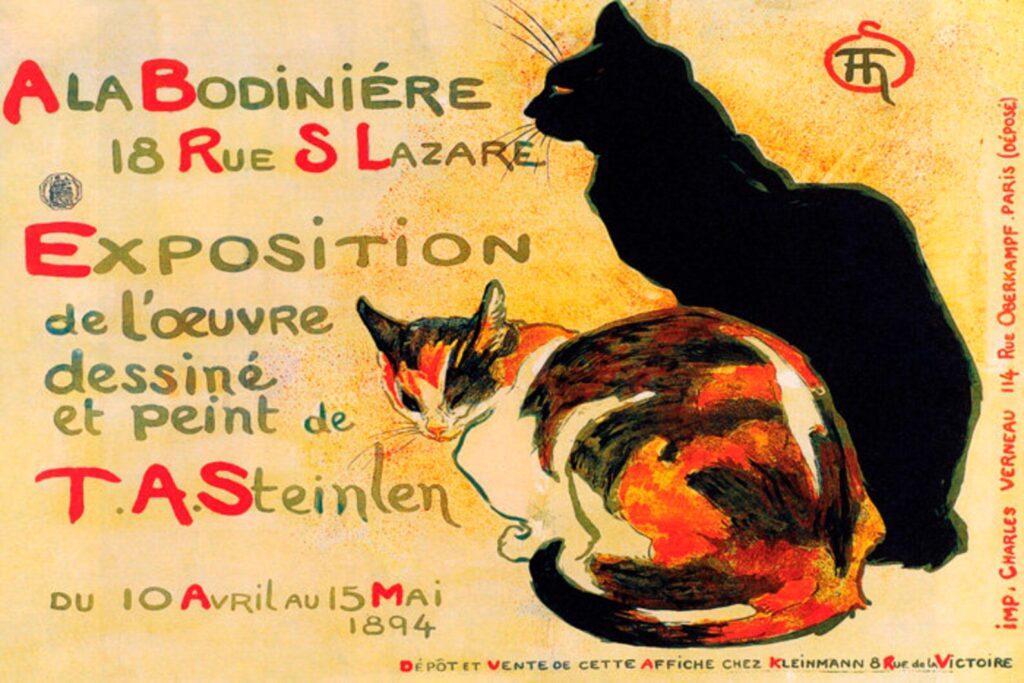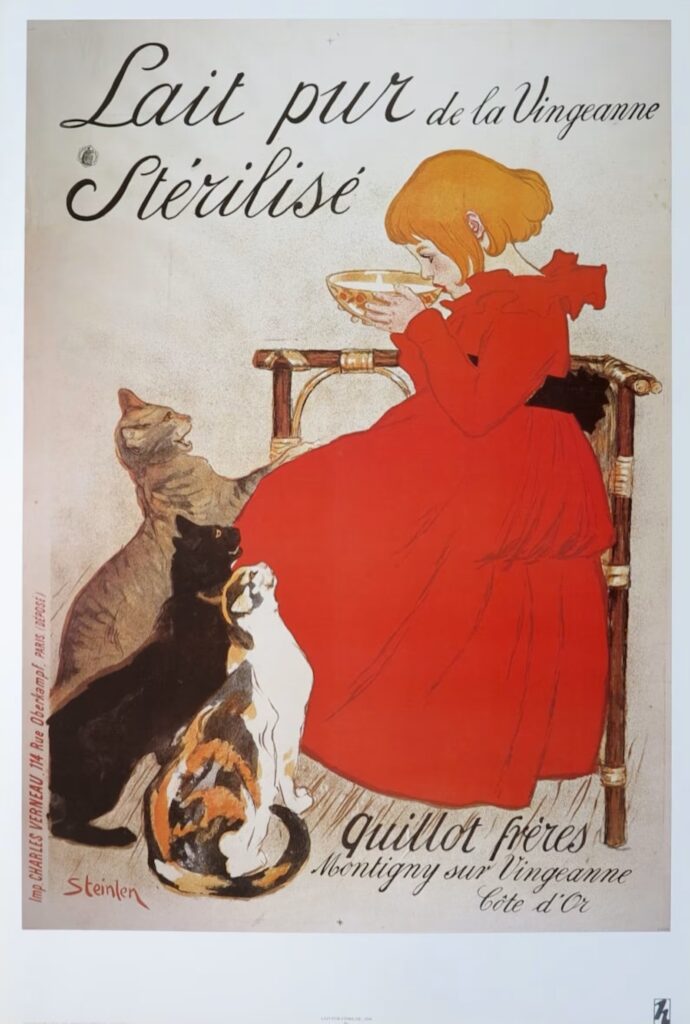
October 27th is National Black Cat Day. At Halloween/Samhain time we think of witches, pumpkins, and black cats. There is no shortage of misinformation, legends, and superstitions about black cats in popular culture, but how much do you really know about these captivating kitties? Here are some fun facts about melanistic felines aka black cats.
COLORS
One thing you may not know is that many black cats aren’t really black. That is, they aren’t solid black, but rather a black-on-black pattern. Many black cats are tabby as you can see in this picture of Michael. From one angle they are solid black, but in the right lighting they are tabby! Pretty cool.
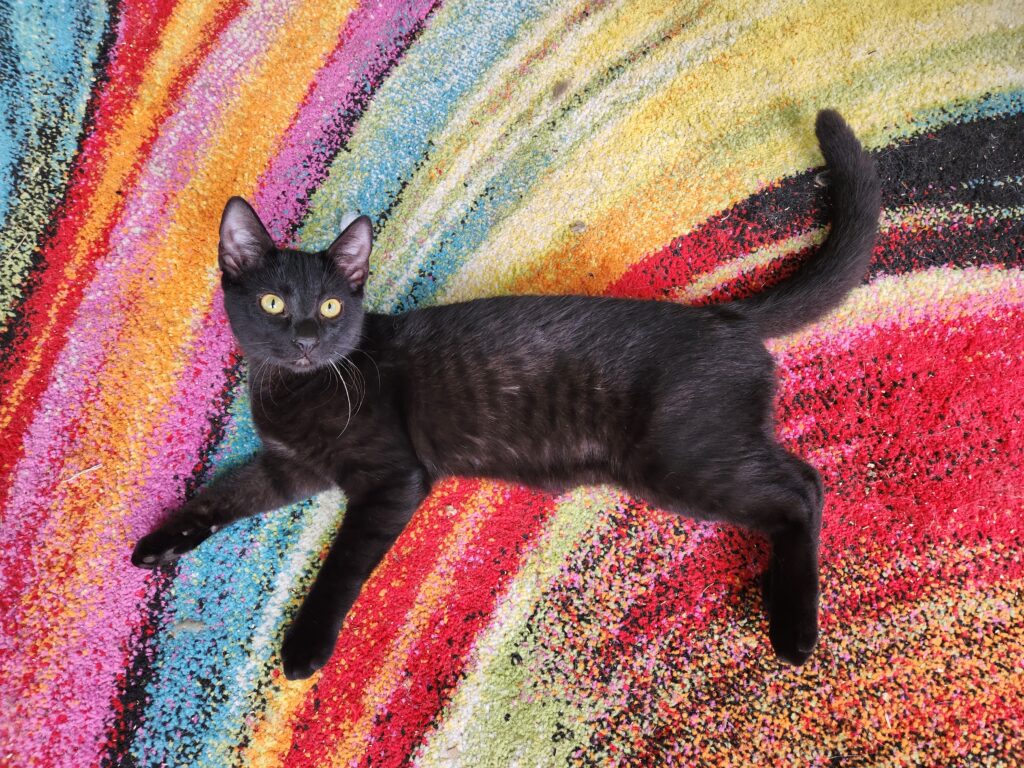
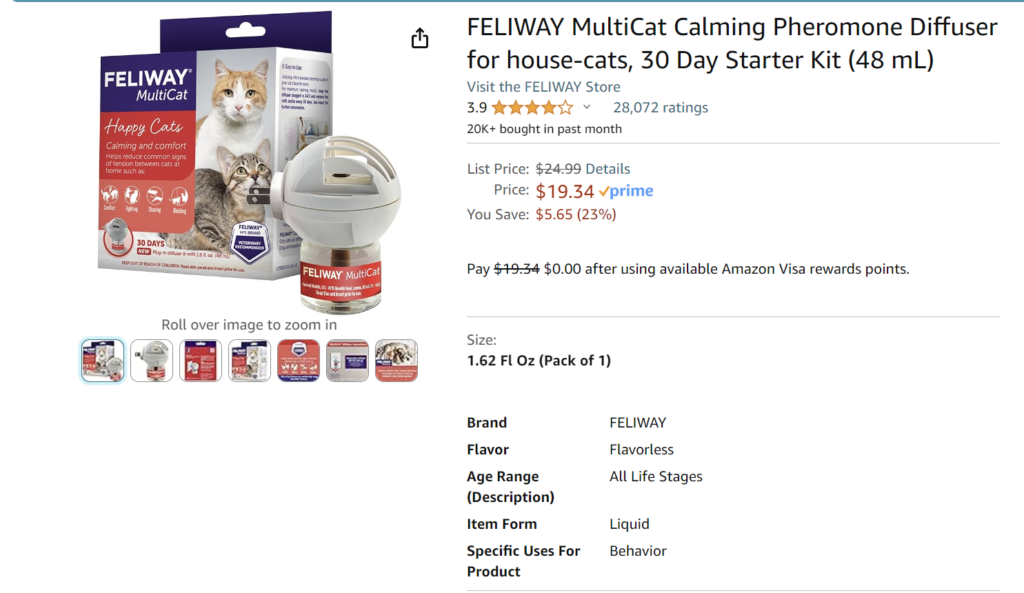
Black cats can also be Siamese. If you’ve been in cat rescue for any amount of time like I have you will notice many litters of kittens containing a combination of black and Siamese. In the Siamese-looking kittens, the black only shows up in the “points,” the face, paws, and tail, but covers the whole body in the all-black kittens. Jaguars and leopards can be black (melanistic), but not lions and tigers. They can be white (albinistic), but not black. Genetics are fascinating.
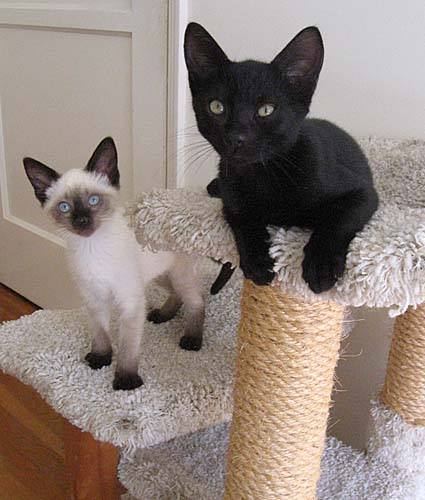
SUPERSTITIONS
You’ve probably heard of many superstitions about black cats. #1 in North America at least is that they represent bad luck. While there is no way to know exactly where this belief came from, we can imagine what life was like for our ancestors hundreds of years ago. Without an understanding of science and medicine, many people blamed illness and misfortune on evil spirits, curses, and spells. If you saw a black cat then your crops failed, well, it must be the cat’s fault.


The same beliefs can explain the connection between black cats and witches. Real witches in the past — and today — were not the silly creatures we see in Halloween pictures but midwives and healers, knowledgeable of herbs and other medical treatments. Powerful women may be embraced by their community or feared, lampooned as “cat ladies.” Witches in history — and their feline companions — were accused of causing bad things to happen or of stirring up trouble with “witchcraft.” Again, easier to blame a scapegoat for one’s problems than to take responsibility.
ADOPTION
I’m sure to get pushback on this one but here goes. Urban legend insists that black cats should not be adopted out around Halloween because Satan worshippers or other evildoers will harm them. People will swear this is true because they heard it from others … and this is how misinformation is spread. For example, many websites of well-known microchip companies tout the same line that “1 in 3 pets will go missing in its lifetime.”

Now, for every subject I write about I conduct extensive research to ensure good information. If I can’t verify it, I won’t say it. There is no study to back up the “1 in 3” claim so I don’t use that “statistic.” Likewise, in all my research and years in animal welfare I have seen nothing to prove this claim about black cats to be true. Yes, there are sick people out there who harm animals, but they do not care what color they are or what time of year it is.
The real harm comes from holding back potential adopters. There is no cat shortage and at any given time shelters and rescues are full to the brim. Effort should be put into quality adoptions and other welfare efforts year-round without influence from superstition and legends that have no basis in fact.
FAMOUS BLACK CATS
This was a fun subject to look into as there are many black cats in books, movies, comics, and plays. For this article I chose Mr. Mistoffelees the Conjuring Cat from Old Possum’s Book of Practical Cats, better known to today’s audience as the Broadway Play “Cats.” T.S. Elliot wrote this charming children’s book in 1939 and Andrew Lloyd Weber turned it into a musical in the 1980’s. I was 15 years old when it came to town and I thought it was the coolest thing ever.

All the feline characters in the story have unique names and personalities like Jenny Anydots, Bustopher Jones, and Mungojerry. Described as an all-black cat “From his ears to the tip of his tail,” Mr. Mistoffelees is a magician with the ability to walk through walls and to disappear and reappear at will. I understand why our ancestors believed cats had such powers because they do really seem to disappear sometimes. As seen in the illustration above from the original book he once pulled seven kittens right out of a hat!
Mr. Mistoffelees lives on in the embodiment of our own black cats today.
BLACK CATS IN ART
One of my favorite artists is Theo Steinlein. Steinlein was a Swiss artist who lived in Paris in the early 1900’s. He is best known for his commercial art which includes advertisements for milk, chocolate, and a cabaret show called Chat Noir. Remarkably, I discovered Steinlein in Paris. I was on a high school graduation trip when it started to rain and I took cover in the nearest shop. It happened to be a poster store — remember those? — and as I browsed I saw the most amazing image of a black cat on a poster that read “Tournee du Chat Noir.” I still have that beat up poster and it hangs on the wall of my office.
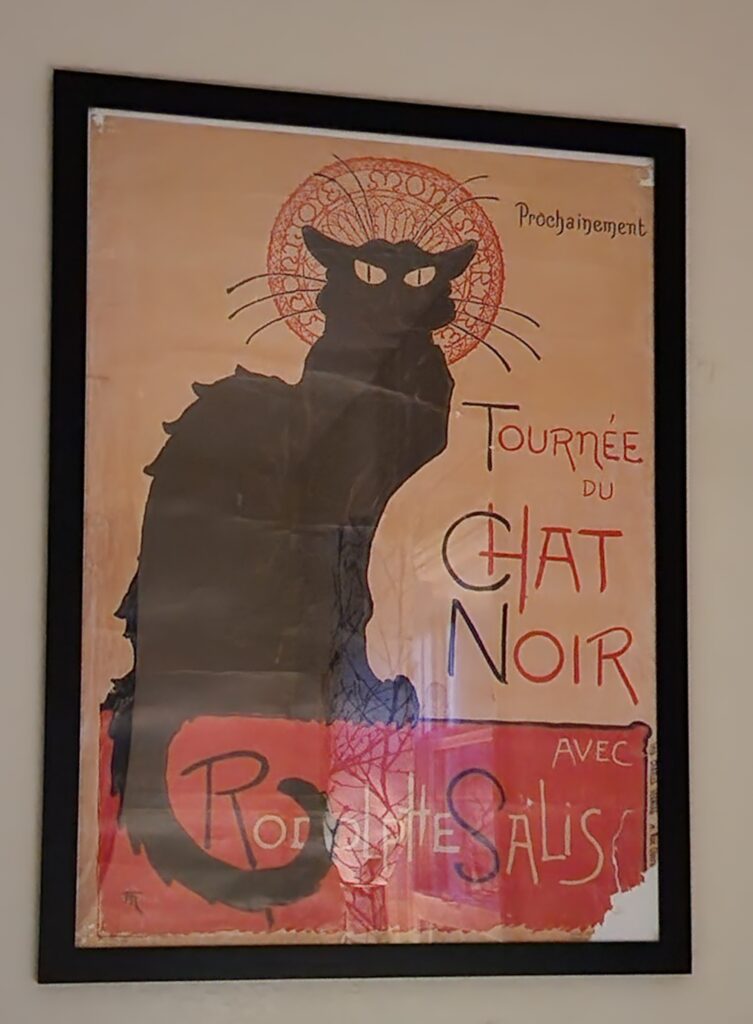
A quick look through his works and you can see that he loves cats. Look closer and you will see that, in a variety of works over the years, they are the same cats. I believe he painted not just random cats but his own beloved pets. Again and again you see a tabby, a calico, and a black cat.
If you love cats, I recommend you check out his work. Both prints and books of his paintings and drawings are available on Amazon and other platforms.
Happy Black Cat Day, Halloween, Samhain to my readers! If you are thinking of adding a feline family member, consider a black kitty (or three)!


